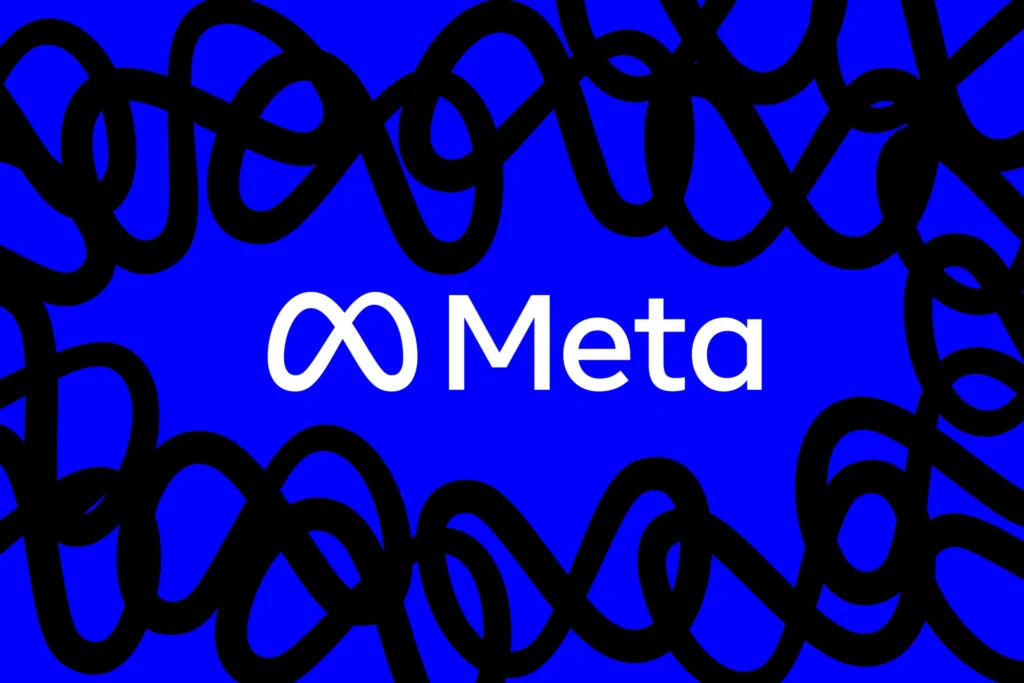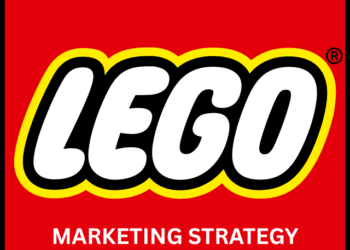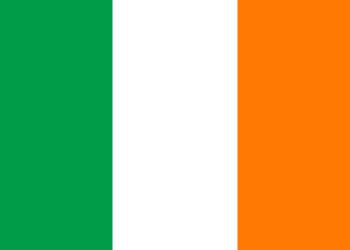SWOT and PESTLE Analysis of Meta Company
- 4 March 2025
- Posted by: OAH
- Category: Business & Management

Meta [Meta Platforms, Inc.], originally known as Facebook, has evolved into a global leader in social media and technology. With its focus on the metaverse, virtual reality, and augmented reality, Meta is reshaping digital interactions and communities. The company’s vast user base, diverse portfolio, and financial strength contribute to its success, but challenges such as regulatory scrutiny and competition from emerging platforms pose ongoing obstacles. This analysis explores Meta’s strategic environment using SWOT and PESTLE frameworks to assess its strengths, weaknesses, opportunities, and threats in a rapidly changing technological landscape.
Need Assignment Help Online from the Best Experts? Contact us today!
About Meta Company
Originally, it started as Facebook by Mark Zuckerberg in 2004. The company rebranded itself to Meta in 2021 based on the focus that it had on building the metaverse. The mission of Meta is “to give people the power to build community and bring the world closer together” (About Meta, 2024). Meta owns several major platforms, including Facebook, Instagram, WhatsApp, and Threads, which have transformed global communication. Meta is an innovations company that keeps on going into the future of virtual reality, augmented reality, and the metaverse to help rethink the future of digital interaction and online communities.
Table of Contents
SWOT Analysis of Meta Company

Strengths of Meta Company:
- Global User Base: Meta’s platforms, including Facebook, Instagram, and WhatsApp, have billions of active users globally, providing a vast reach.
- Diverse Portfolio: Meta’s strategic acquisitions of Instagram, WhatsApp, and Oculus VR have expanded its influence and product offerings (Constantin, 2024).
- Strong Brand Recognition: Meta’s rebranding from Facebook to Meta has strengthened its position as a leader in social media and technology.
- Advanced AI Capabilities: Meta Company uses artificial intelligence and machine learning for content suggestion, enhanced user engagement, and advertisement placement.
- Financial Strength: Retail advertisers’ cash flows, which make up a large part of Meta’s income, ensure long-term growth and investment.
Weaknesses of Meta Company:
- Data Privacy Issues: Meta continues to experience criticism and issues about the privacy and security of users’ data, which will affect its reputation.
- Dependence on Ad Revenue: Such strategies have a high level of risk associated with them because they heavily rely on advertising revenues and remain highly sensitive to market forces and advertisers’ preferences.
- User Engagement Decline: This is due to trends like younger demographics moving to TikTok, and this makes engagement on Meta’s platforms static.
- Regulatory Scrutiny: The rise in Regulation across global markets and the areas of data privacy, content regulation, and competition laws remain threats to Meta.
- Reputation Damage: Meta has had many controversies with misinformation, interference in elections, and privacy, which erodes the public’s trust.
Opportunities for Meta Company:
- Expansion into the Metaverse: Meta Company’s concentration on building the metaverse provides an opportunity for leadership in virtual reality experiences and VR solutions.
- Growth in Emerging Markets: Meta has vast opportunities to deepen its penetration and coverage in the emerging market regions, including Africa and Southeast Asia (Datta and Kutzewski, 2023).
- Diversification of Revenue: Meta Group is in a position to look for other possibilities like operating external sales by offering products, charging a membership fee, and redesigning the ads.
- Augmented Reality (AR) Development: The growing appreciation of AR technology is indicative of opportunities for Meta to adopt AR more into its operating systems.
- Strategic Acquisitions: Meta can also enhance its technological competence and stand in the industry more robustly by buying new-age organizations in AI, VR, and AR.
Threats for Meta Company:
- Intense Competition: There are many competitors to Meta, like TikTok and Snapchat, are capturing the market share, especially among the younger generation,n very actively.
- Increased Regulation: Growth in privacy laws and antitrust regulations around the world poses risks to Meta in terms of operating flexibility and business model.
- Economic Downturns: Downsizing during the economic recession or any unfavourable economic condition coupled with a high attrition rate may reduce Meta’s major source of income – advertising revenue.
- Public Perception: This includes negative perception on Meta on issues of misinformation, data privacy, and manipulation of the social platforms.
PESTLE or PESTEL Analysis of Meta Company [Meta Platforms, Inc.]

Political Factors Analysis for Meta Inc.:
- Government Regulations: Tightening restrictions against privacy policies and content moderation challenges, primarily from the European government and the US administration, are affecting Meta’s functionality (Datta and Kutzewski, 2023).
- Antitrust Laws: Meta has legal risks associated with monopolisation, especially when it comes to the company’s acquisitions of Instagram and WhatsApp, which might be seen as provocative by regulators.
- Geopolitical Tensions: Specific regional wars such as those in Eastern Europe and Middle Eastern influence Metas business conduct due to censorship and political instabilities that compels its usual operation.
- Local Content Laws: Every country has its own rules regarding content sharing and moderation which makes Meta shift its direction accordingly.
- Election Influence: Meta’s platforms are under pressure regarding political campaigns, the promotion of fake news, and interference in electoral processes; they threaten the stability of Meta’s platforms.
Economic Factors Analysis for Meta Inc.:
- Ad Revenue Trends: Meta’s business model is mostly focused on advertisement sales significance, meaning that it depends on shifts in global advertisement expenditures.
- Global Recession: Reduced consumer spending affects overall spending on the digital advertisement which may have a bad effect on Meta’s financial ratios.
- Currency Fluctuations: Since Meta is an international organisation it feels the heat of exchange risk due to difference in operations in different currencies and therefore has a negative impact on its profitability.
- Technological Investment: The current and planned investment in novel technologies like the metaverse is still highly significant, hence the marked capital intensity.
- Digital Transformation: COVID related changes of focusing on digital first services such as social media and virtual, pose further growth opportunities to Meta’s platforms.
Social Factors Analysis for Meta Inc.:
- Changing social media Habits: Specifically, the older cohort has shifted to sites like TikTok, thereby posing a threat to Meta’s continued connexion with the core audience.
- Influence of Influencers: Many instances in this litigation involve the efforts made by Meta in using the marketing and user engagement methodologies involving social media influencer in determining the posts to be created.
- Mental Health Concerns: Greater awareness with the dangers of social media might bring more pressure on Meta’s operations with regards to addiction and, most of all, the well-being of its users (Hossard et al. 2024).
- Diversity and Inclusion: Meta’s actions on the subject both within its own ranks and across its platforms are a way of preserving its public image and retaining consumers and talent, respectively.
- Cultural Sensitivities: Meta faces the first level of constraints because it has to moderate contents through the lens of culture from different areas hence observing laws of different regions.
Technological Factors Analysis for Meta Inc.:
- Metaverse Development: Meta has decided to enhance the use of (VR/AR) tech in building the metaverse and interacting digitally to give users a fresh experience.
- AI Integration: For instance, using Artificial Intelligence to deliver content, advertising, to enhance the usage experiences is fundamental to Meta’s creation.
- 5G Technology: The extension of 5G technology improves Meta’s ability to provide its users with quicker and more detailed VR/AR content.
- Blockchain Technology: Meta is interested in applying blockchain technology to bring cryptocurrencies and other assets to its applications, especially within the metaverse.
Legal Factors Analysis for Meta Inc.:
- Privacy Regulations: New restricted laws to process personal data across the world including the EU GDPR have also influence the way Meta can gather and use the user’s data due to complicated data protection regulations (Font-Cot et al. 2024).
- Intellectual Property Issues: Meta of course faces issues pertaining to patent issues and issues to do with intellectual property especially in key areas of emerging innovations such as VR and AR (Steiner & Huettmann, 2023).
- Antitrust Scrutiny: Currently, Meta is facing probes regarding possible antitrust law infringement – particularly the acquisitions of potential rivals such as Instagram and WhatsApp.
- Content Moderation Laws: Policy indifference concerning content moderation and the circulation of false information on Meta’s sites needs monitoring to meet unique global laws.
Environmental Factors Analysis for Meta Inc.:
- Carbon Footprint: Meta aims to minimize its carbon footprint through sustainability initiatives that will lower the environmental impact of its data centers and operations.
- Renewable Energy: Meta has advanced greatly in ensuring renewable energy is used to power its data centres all over the world for every group’s corporate sustainability initiative (Torres-Nunez et al., 2024).
- E-waste Management: There were major developments by Meta’s ensuring global data centres to run fully on renewable energy to advance overall company environmental targets (Torres-Nunez et al. 2024).
- Sustainable Product Development: Meta product development plan entails coming up with environmentally friendly devices and services as per global trends in sustainability.
Conclusion:
Meta’s continued dominance in the tech industry depends on navigating challenges such as regulatory pressures, competition, and shifting user preferences. By leveraging its strong brand, expanding into the metaverse, and adapting to emerging technologies like AI and AR, Meta has significant opportunities for growth. However, addressing data privacy concerns, enhancing user engagement, and diversifying revenue streams are essential for sustaining long-term success. As Meta evolves, its ability to innovate and respond to external pressures will determine its position in the future of digital communication and technology.
Reference List:
About Meta, 2024. About us Available: https://about.meta.com/ [ Accessed on : 18.11.24]
Constantin, A., 2024. Digitalization of Romania’s Education Sector: A PESTLE Analysis. In Proceedings of the International Conference on Business Excellence (Vol. 18, No. 1, pp. 102-119). Sciendo.
Datta, S. and Kutzewski, T., 2023. The conventional wisdom in strategy. In Strategic optionality: Pathways through disruptive uncertainty (pp. 37-90). Cham: Springer International Publishing.
Font-Cot, F., Lara-Navarra, P., Serradell-López, E. and Manetti, A., 2024. Design-driven external analysis: A framework for adaptation and innovation in digitally native enterprises. Journal of Infrastructure, Policy and Development, 8(6), p.4173.
Hossard, L., Blanc, L., Lambarraa-Lehnhardt, F., Dordas, C., Papakaloudis, P., Michalitsis, A., Lampurlanes, J., Latati, M., Touama, R., Kherif, O. and Métral, R., 2024. Co-design of diversified cropping systems in the Mediterranean area. European Journal of Agronomy, 153, p.127050.
Hysa, B., and Mularczyk, A., 2024. PESTEL Analysis of the Photovoltaic Market in Poland—A Systematic Review of Opportunities and Threats. Resources, 13(10), 136. ( Hysa, and Mularczyk, 2024)
Steiner, M. and Huettmann, F., 2023. A Conservation Management SWOT Analysis for Over 230 Squirrels of the World Using 132 GIS Layers Confirming the PESTLE Assessment. In Sustainable Squirrel Conservation: A Modern Reassessment of Family Sciuridae (pp. 357-361). Cham: Springer International Publishing.
Torres-Nunez, P., Güemes-Castorena, D., Contreras-Cruz, A. and Elizondo-Noriega, A., 2024. A PESTLE analysis of the trucking industry: key insights and implications. Cogent Business & Management, 11(1), p.2409335.
Tu, L. and Xu, M., 2024. An analysis of the use of autonomous vehicles in the shared mobility market: Opportunities and challenges. Sustainability, 16(16), p.6795.
You may also would like to check -> SWOT and PESTLE Analysis of TESLA Company: Detailed and Informative










